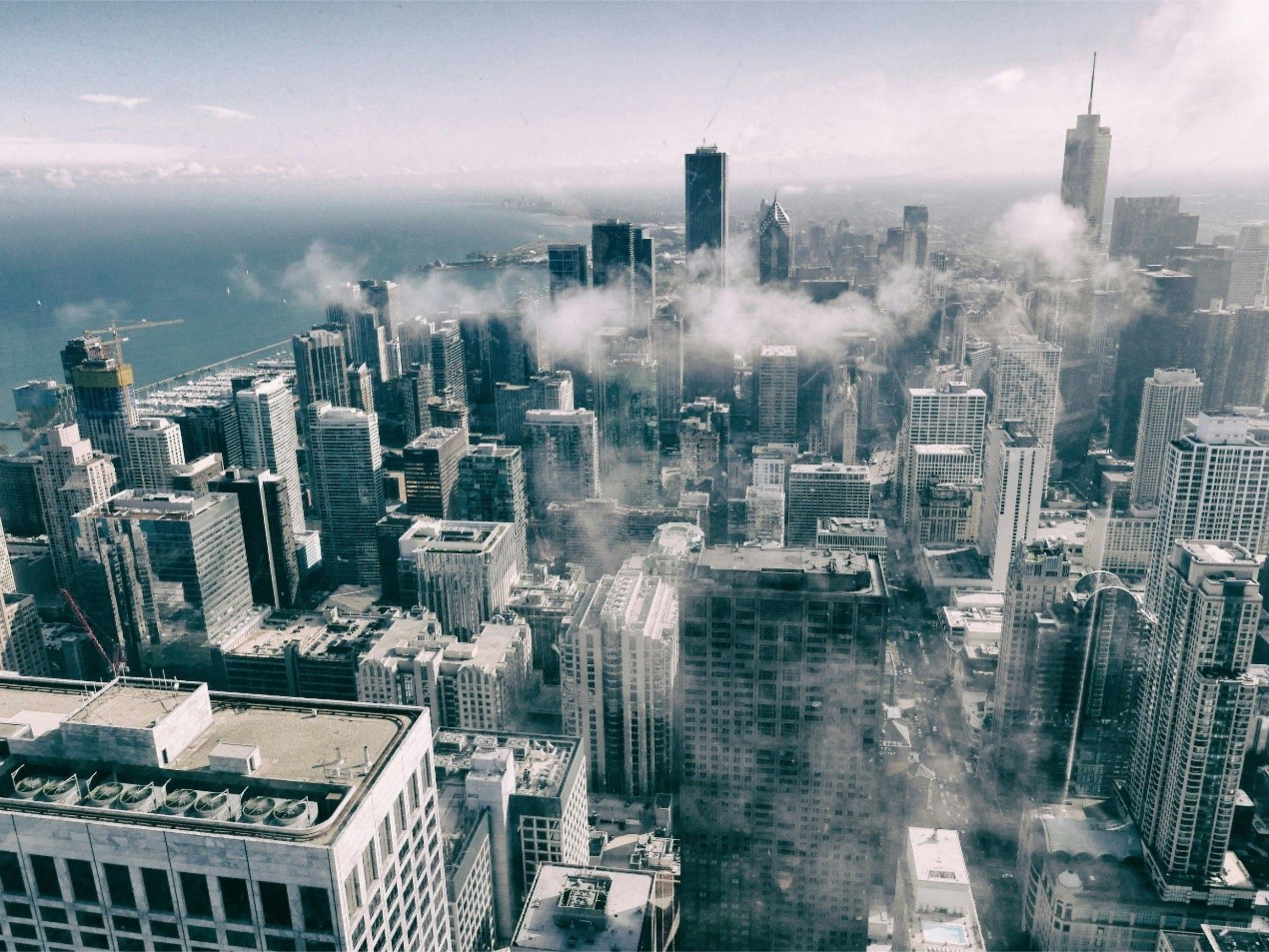New Publication: Mapping Urban Areas in Three Dimensions
How do you map urban areas in three dimensions? A new study by Elías Méndez Domínguez and colleagues from the SARLab at the RSWS research group shows how combining different remote sensing technologies can help provide accurate 3D maps of urban areas. ©Image: Loe Moshkovska via Pexels

Laser or radar – or both? Two technologies with different strengths
Detailed 3D models of urban areas are essential for urban planning and many modern applications. They help to improve the placement of solar panels, predict energy demand for heating and cooling, support drone navigation, and enable autonomous driving. Remote sensing technologies such as Airborne Laser Scanning (ALS) and Synthetic Aperture Radar (SAR) can be used to create these 3D models. A closer look at how ALS and SAR perform, shows how both sensors capture different aspects of the urban environment and why they can potentially complement each other.
ALS works by emitting laser beams from an aircraft towards the ground and measuring the time it takes for the light to come back from surfaces like buildings, trees, or the ground. This allows for highly accurate measurements. However, acquiring ALS data requires good weather and daylight conditions.
SAR uses radar signals that allow data to be collected regardless of daylight or weather conditions. It works by sending radar waves towards the ground and recording the reflected signals to create images of the surface. By combining many of these measurements taken from different positions, SAR can produce high-resolution images, even from long distances. SAR can capture both rooftops and building facades but lacks accuracy.
How well do ALS and SAR capture urban areas?
To better understand the strengths and limitations of ALS and SAR for urban mapping, the research group examined how well these technologies can capture four features of urban areas: ground surfaces, trees, buildings, and power lines. For their study, the researchers selected two test sites in Switzerland, the area around the Gösgen power plant and the city of Zug. The results of the study showed ALS and SAR specific advantages and challenges when it comes to mapping urban areas.
ALS provided very precise and detailed height information and was particularly effective at capturing horizontal surfaces such as roofs or the ground. However, ALS often struggled to capture complex vertical structures, such as building walls, towers, or narrow features. Sometimes there are gaps in the data that can be caused by several factors, including challenging environmental conditions like clouds. SAR was able to capture important structural elements that ALS often missed, especially vertical features like building walls.
Unlike ALS, SAR can collect data even in difficult weather conditions such as clouds or rain. However, while SAR performed better than ALS in challenging conditions, it did not always detect all objects reliably or with high-level detail. SAR images are affected by noise, small, random errors in the data, and by outliers, which are points that do not correspond to real features in the environment. These issues occur especially near structures that reflect radar signals poorly, such as buildings made of glass or other low-reflective materials.

Given these differences, the researchers conclude that combining both technologies offers the best results. As Elias Méndez Domínguez, lead author of the study, sums it up: "Neither SAR nor ALS alone are good enough, you need both! Use both data for mapping, as they complement each other." Together, these technologies can compensate for each other's limitations and produce a more complete and accurate 3D representation of urban areas.
The study also showed that SAR becomes much more effective when data is collected from multiple directions. By observing the same area from at least six different viewing angles, the researchers were able to uncover features that would otherwise remain hidden. This particularly applies to vertical elements like facades, which are often missing in single-view SAR data.
Based on these findings, the research team recommends choosing carefully from which direction SAR data is collected, so that buildings and other structures are captured as completely as possible. They also suggest collecting ALS and SAR data at the same time whenever possible, because this makes it easier to combine the data and create more accurate 3D maps of urban areas.